Headphone performance and sound quality
So, we’ve already established that the Funk is a bit of a ‘unicorn’ in terms of being a unique little analogue device, but thankfully, in the immortal words of none other than Han Solo, “…she’s got it where it counts, kid”. The Funk backs up both its looks and analogue flexibility with strong headphone performance and speaker-driving ability that belies its diminutive footprint.
Let’s start with how it fares with headphones (y’know, being a headphone review site and all). With up to three and a half watts of power available at 16 ohms (which dips down to a still-healthy 2.5 Watts at the more common 32-ohm measurement mark), the Funk promises to be able to power just about every non-boutique/crazy-hard-to-drive headphone under the sun – but then again, the fact that it has speaker taps out the back implies that you can always strap a Hifiman HE-6 to the back of it…but I don’t have one on hand to try this out, sorry (if someone wants to send me a HE-6 or Susvara I’ll be happy to oblige). The Dan Clark Audio Aeon 2 Noire, despite its 12-ohm resistance can be a pretty tricky bugger to drive, and its 92dB sensitivity rating means that it needs a healthy amount of power to perform at its best. The Funk doesn’t even break a sweat with the Aeon 2 Noire, getting the crunching guitars and thumping kick drums of Weezer’s awesome new cover of Metallica’s “Enter Sandman’ truly alive and well at only 9 o’clock on its awesome volume pot – and that’s in low gain.
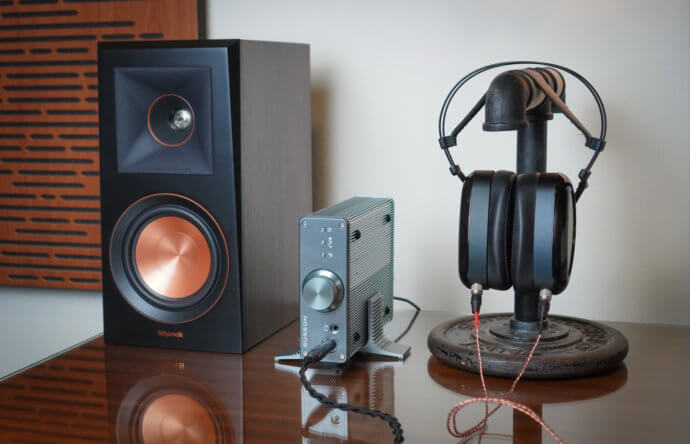
Burson Audio Funk
At once, the Funk reveals itself to have all the trademarks of a well-implemented Class A solid-state amplifier, with strong dynamics, a linear rendering of all aspects of the frequency response chart, and a nice hint of warmth and tonal mass that sits behind notes that simply isn’t present in the colourless voicing of chip-based amps like Topping’s L30/A90 or SMSL’s SP200 THX 888. The voicing is very much reminiscent of the Playmate 2, unsurprisingly, seeing as they have the same headphone stage, but it’s very hard to compare the two devices as the Playmate 2 is limited to using the inbuilt ESS DAC whereas the Funk is able to pair with any upstream digital or analogue source. It’s hard to do volume-matched A/B testing between the two with the ESS DAC of the Playmate 2 as a source for the Funk as you need to turn the volume up (a lot, which takes time) to feed it, but the Funk doesn’t feel quite as laid-back sounding as the Playmate 2 in terms of character.
The Funk isn’t a wholly clinical window into a mix like some more measurement-focused devices but it’s still a revealing, detailed presentation, and yet it brings a silky character to the table that suits getting into the groove of a listening session, which is what it’s all about for this music fan. Switching over to the cans which are my tonal benchmark, the Sennheiser HD600, again the Funk only needs to be dialled up to 9 o’clock in low gain to give a beautifully-textured rendition of Radiohead’s most ‘sensitive’ and stripped-back track, ‘Nude’, that’s actually reminiscent of the tone of a quiet, linear tube amplifier. The Funk is very much a headphone amp for those who prefer a more organic, lifelike presentation rather than a stark, revealing one.
I mentioned earlier that the Funk is actually a viable proposition for IEM users – using the extremely sensitive 10-ohm Craft Four CIEMs from Craft Ears there is no hint whatsoever of hiss or background noise, and distortion only becomes present when dialled past 11 o’clock in low gain. Not that you’ll be going anywhere near that volume with IEMs – the Craft Fours need only a nudge past 7 o’clock to get decently loud, but it does reveal some channel imbalance at the very lowest range on the Funk’s ALPS volume pot.
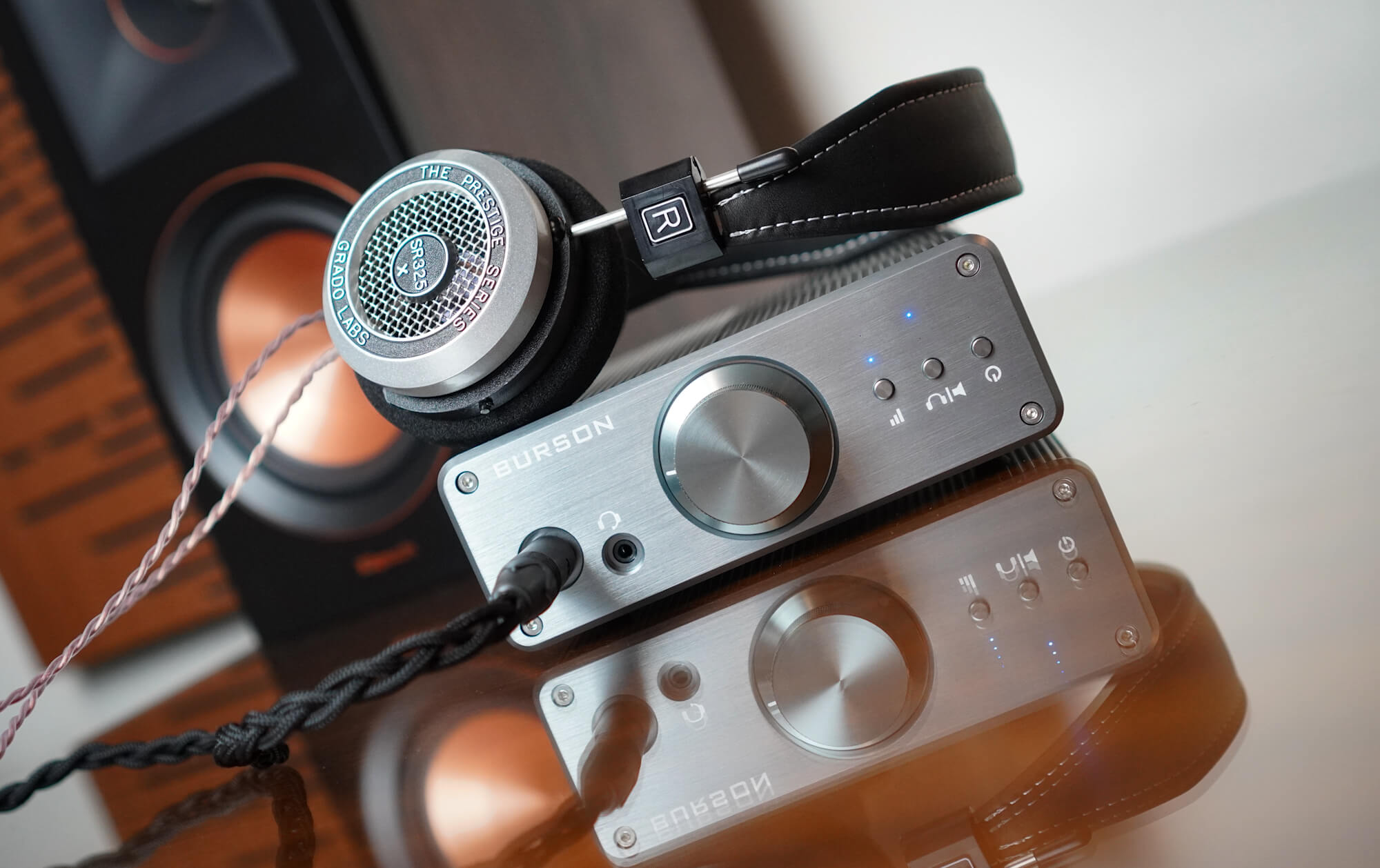
Burson Audio Funk
Switching to a more ‘traditional’ pair of dynamic headphones in the new SR325x from Grado Labs, again the Funk shows itself to be both powerful and capable. 8 o’clock in low gain is more than plenty of power to get Dio’s ‘Holy Diver’ cranking through those new 38-ohm drivers, with solid bass impact and articulation as well as plenty of bite, aggression and treble extension, but not forcefully so. Owners of brighter headphones looking to gently temper their upper register will find that the Funk may be a great pairing with cans prone to getting occasionally shrill or sibilant.
I’ve already remarked on the fact that the Funk is single-ended only, and so won’t dwell on it any more other than to say that the additional voltage from a balanced differential configuration really isn’t needed here – the Funk has power and headroom in spades. The only drawback is that you’ll need to use an adapter if you have headphones with XLR or Pentaconn terminations, but that’s really no biggy if you’re gaining the addition of speaker-driving capabilities from your desktop amplifier.
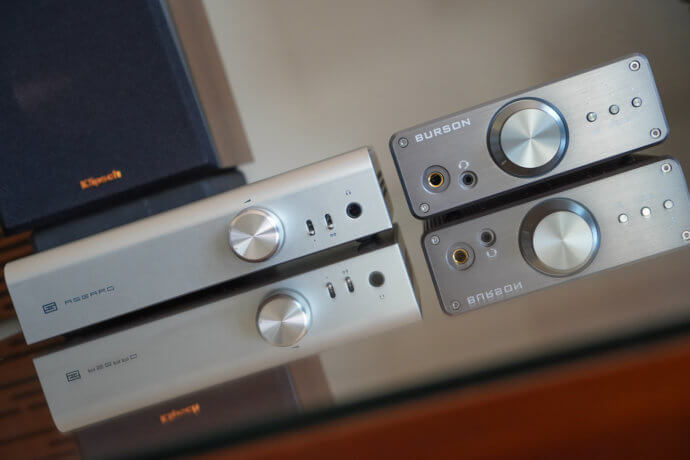
Burson Audio Funk
To see how the Funk performs compared to another well-regarded standalone headphone amplifier, I hooked it up in an A/B switching rig next to the excellent Schiit Asgard 3, which actually took out one of our 2020 best-in-show awards last year. The Asgard 3 is a cheaper device (its price has risen to $249 USD for the standalone headphone amp version), but also a headphone-only situation, of course, lacking the speaker outputs of the Funk. The Asgard 3 is a Class AB design (albeit heavily biased towards Class A) and so makes for a good match-up on paper despite having more than a nudge more power than the Funk, with a full 5 Watts available at 16 ohms. Feeding both amps with a bit of Living Colour via a very revealing source in the Rupert Neve Fidelice Precision DAC, at first, the Funk and Asgard were nigh-indistinguishable – and that’s a good sign for the Funk, as the Asgard 3 is an excellent headphone amplifier. With some closer listening, the Funk revealed itself to have a slightly more forward lower treble, giving male vocals and instruments a slightly more pronounced or ‘immediate’ feeling, compared to the more laid-back presentation of the Asgard 3. It’s a very nuanced difference, but it does give the Funk a mildly more vivid character that gives its perceived sense of head-stage a slight boost.
Click over to page 4 to continue the review.





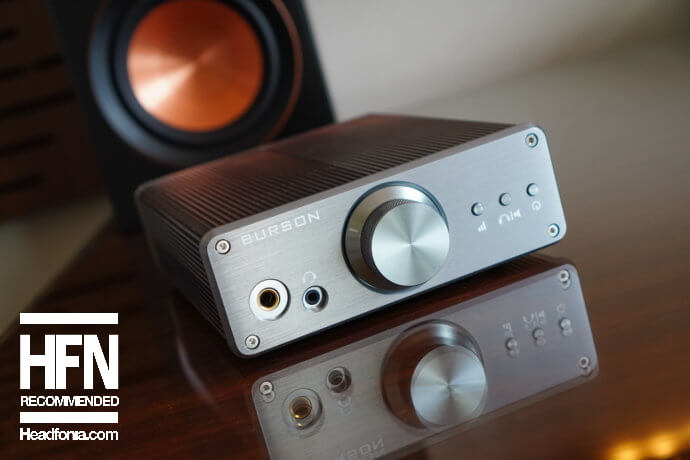
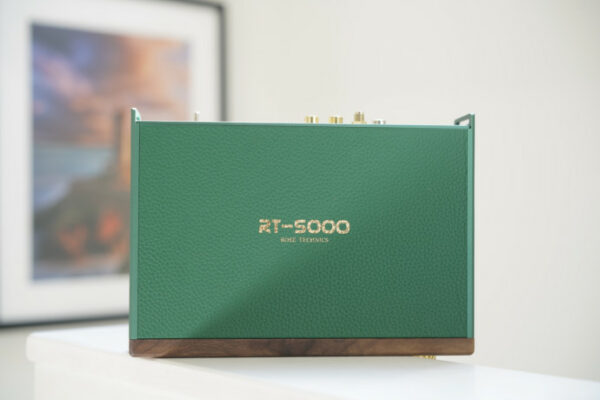
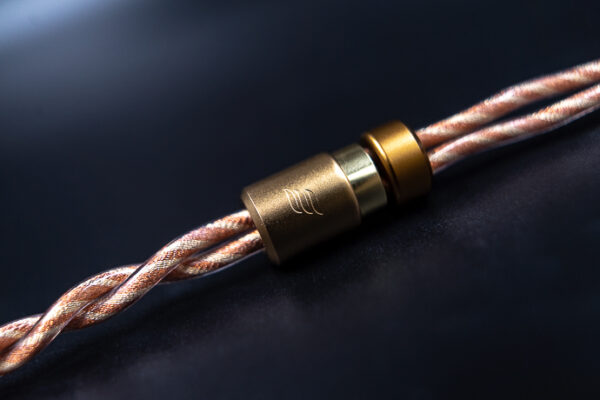
Ivan
Hello Mathy Graham, My name is Ivan,
I need to know how to use the FUNK to My current PC Setup.
I am having a PC as source, and DACmini CX as DAC/AMP combo.
My PC is old, and the onboard output and mic input are terrible.
So I want to add FUNK as my speaker / headset amplifier.
As for the headset, do you think the mic pass through to the PC will bring the mic quality up? (As my motherboard onboard audio is terrible)
Thank you.
Matty Graham
Hi Ivan,
The DACmini should take care of your soundcare problems, if you’re connecting your PC to it via USB/Optical. From there, you would connect the RCA outputs of the DAC to the RCA inputs on the Funk.
I’m not sure about the mic quality however – the Funk is simply a ‘passthrough’. It would be the same as connecting a pair of headphones with an inline mic into the headphone adapter of your PC (if that can recognise a TRRS microphone input).
Best to test with an old pair of smartphone earphones with an inline mic (or your headset) to see if that works?
Ivan
Hi Matty,
So yes i had the DACmini served me well for years, but now i want to accomodate it for my son gamings peripheral too. The FUNK will not improve the mic quality as it just bypass it, so i think i better get the PLAYMATE2 to replace the DACmini.
Thanks for the respond.
Ivan
Hello Matty, i have questions:
“Firstly, the Playmate 2 doesn’t have a dedicated line out mode,
meaning that you’ll need to set the volume to ’99’ (= max), which takes a few cranks of the volume wheel to do so”
Q: When its paired with FUNK, do you mean that the playmate2 volume control also control the lineoutput volume ?
So that there is dual volume control here?
“and if we are getting technical, then you could also splice the pre-output of the Playmate 2 to a subwoofer as well”
Q: But how you are going to pair it with the FUNK, as there is only 1 output?
Thank you
Matty Graham
Yes, you can control the volume with either the Playmate 2 or the Funk. If you’re not using a subwoofer, I’d probably set the Playmate 2 to ’99’ and use the Funk’s pot to control the volume.
You can easily add a subwoofer (or other downstream device) by simply putting RCA splitters into the L/R outputs of the Playmate 2 – I just use these: https://www.jaycar.com.au/rca-plug-to-2-x-rca-socket/p/PA3560?gclid=Cj0KCQjwwY-LBhD6ARIsACvT72PAgTfZOu-s1-hltipgjAbK3yOCTPdKsVb8-rwWK4PGE-2SXJXatPMaAnIYEALw_wcB
BOL
Hi,
Currently trying to decide between the Funk or the Soloist 3x.
I don’t need the extra power as I’ll be using it primarily for IEM’s (Odins), but if the Soloist has better sound quality it would be worth it.
But if they basically sound the same and just have different applications (the Funk can power speakers, the Soloist can power demanding headphones) then the Funk will suit my needs.
Any thoughts?
Matty
Both are overkill for IEMs, you definitely don’t need a soloist. The Funk could be an ok solution if you need to power speakers too, but you’re probably better off with something much lower powered.
BOL
Thanks for the quick reply!
I know it seems like amps for full sized headphones like this is overdoing it, but I (and others) have found the Odins really scale up/are amp picky.
For instance, I’ve listened to the Odins extensively from my iBasso DX160, Gilmore Lite Mk2, and Cayin iHA-6 (and an old Asgard 2). The sound stage is small and congested with the 160 (it’s just ok for portable use), with the Mk2 the sound stage is pushed too forward (not enough depth) but there is more power and control, and with the powerful iHA-6 the sound stage really opens up, control and transients are superb, layering, instrument placement, and depth are much better, and the bass is much more powerful…the problem is there is a hardness/glare/metallicness to the iHA-6 I’ve never liked. (The Asgard I’ve never liked: just kind of a “rough” or “crude” sound to me which definitely drags down better gear like the Odin).
But besides power, what I’m really looking for is sound quality: is the Funk as good (or close to) the Soloist in terms of just the headphone out, or is it less refined, with less of a sound stage, less control, etc. I don’t want another middling mid-tier headphone amp; I want something that sounds excellent (has no significant defect like all my amps above do). But if the single out is essentially the same, then I don’t need the extra power.
It’s also possible, however, that at some point that I will jump into the high tier of headphones and the additional power will be needed or highly beneficial.
I would really like to be satisfied with just a $200 – $500 range amp here, but so far in that range, over many months of listening, I’m not. I’ve even blind tested and came to the same conclusions.
Thanks again for any advice!
BOL
Forgot all about this.
Just to follow up: I ended up ordering the Funk stock and it sounds very good with both my Odin IEMs (silent background too) and my HE1000v2.
The Funk is just on another level in terms of sound signature and technicalities over the Cayin iHA-6. There’s a lot more depth to the sound stage with better imaging (the Cayin is wider, but presents more of a flat wall of sound), the timbre is a lot more realistic (sounds “natural”), there is more impact/slam and weight to the notes, and the highs are natural, refined, and not fatiguing, at least to me, with the Odins and HE1000v2.
I also tested a friends Topping A90, and, to put it honestly, it sounded bad compared to all my other mid tier amps: just a cheap, clinical, cold, unresolving sound signature with edge/etch, glare, hardness, and a haze or gauze over everything. It was like the Cayin iHA-6 overall, only without any of the clarity and good technicalities that amp does have.
So, as I suspected, it’s not so much a matter of power as it is superior sound signature/technicalities and good IEMs and headphones will benefit from that. My next amp will be the Ferrum Oor that I will use with both my Odins and HE1000v2 that I’m sure will take both of them to the “final” level of performance.